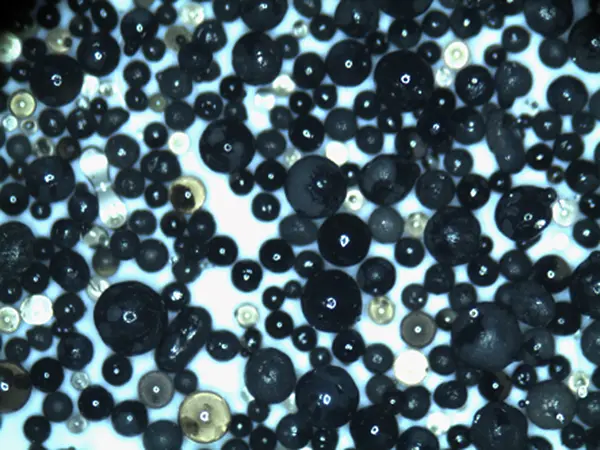Understanding Wet Sanding for 3D Prints
3D printing has revolutionized the manufacturing landscape, empowering creators to bring their ideas to life with precision and creativity. However, achieving a professional finish on 3D prints can be a challenge due to the inherent layer lines and texture associated with the printing process. One effective technique to improve the appearance of your prints is wet sanding. This article explores the benefits and methods of wet sanding 3D prints.
What is Wet Sanding?
Wet sanding involves the use of sandpaper and water to refine and smooth surfaces. Unlike traditional dry sanding, which can create dust and lead to a rough finish, wet sanding allows for a cleaner process and finer results. The water acts as a lubricant, preventing the sandpaper from clogging and reducing the risk of scratching or damaging the print.
Benefits of Wet Sanding 3D Prints
1. Enhanced Surface Finish One of the primary benefits of wet sanding is achieving a smoother, more polished surface. This is particularly important for visible parts of a model where aesthetics matter, such as in display models, prototypes, or functional parts.
2. Reduction of Layer Lines Layer lines are a common byproduct of 3D printing, especially in FDM (Fused Deposition Modeling) processes. Wet sanding effectively diminishes these lines, making it easier to create a seamless look.
3. Improved Adhesion for Painting If you plan to paint your 3D printed object, wet sanding can create a better surface for paint adhesion. The smoother surface helps colors appear more vibrant and uniform while preventing peeling and flaking.
4. Cleaner Operation Compared to dry sanding, wet sanding is less messy, as it minimizes dust and debris in the workspace. The water helps contain the sanding particles, making cleanup quicker and easier.
wet sanding 3d prints

How to Wet Sand 3D Prints
To get started with wet sanding your 3D prints, follow these steps
1. Select the Right Sandpaper Choose wet/dry sandpaper in various grits, typically starting with a lower grit (around 200) for initial sanding and progressing to finer grits (up to 2000 or higher) for finishing touches.
2. Prepare the Workspace Set up a clean area where you can work with water. A small container or spray bottle works well to keep your sandpaper moist during the process.
3. Initial Sanding Begin with the lower grit sandpaper. Dampen the surface of your print and the sandpaper. Use gentle, circular motions to sand the area, applying light pressure. Be cautious around details that could be easily damaged.
4. Progress to Finer Grits After reducing the layer lines with the lower grit, switch to a finer grit sandpaper. Continue sanding with a wet surface, ensuring that you frequently rinse off the sandpaper to keep it effective.
5. Rinse and Clean Once you're satisfied with the smoothness, rinse the print thoroughly to remove any residue from the sanding process. Let it dry completely before applying any paint or finish.
Final Thoughts
Wet sanding is an invaluable technique for hobbyists and professionals alike, enhancing the final appearance of 3D prints significantly. This method not only improves aesthetics but also prepares the surface for painting and further finishes. By ensuring proper technique and care, wet sanding can help you achieve that flawless, museum-quality finish for your 3D creations. Happy sanding!
Post time:des . 31, 2024 11:38
Next:Techniques for Effective Ceramic Sanding in Home Projects and Professional Applications
